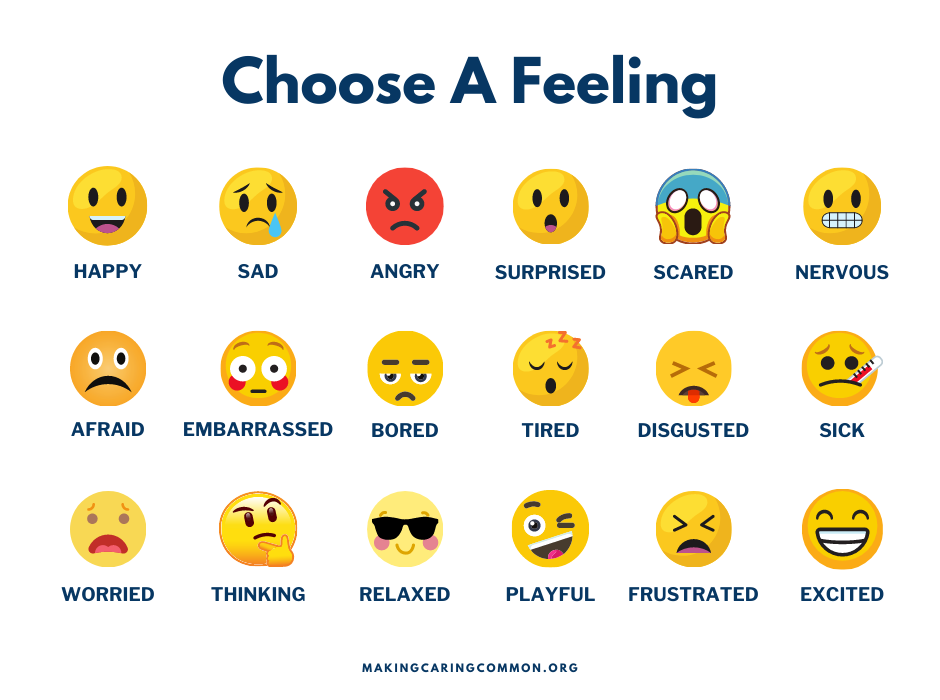How to Use Stories to Help Kids Develop Empathy
Stories - whether through books, TV/film, people we know, or other sources - are powerful for learning and understanding. They are like windows that open up into others’ lives, mirrors that allow us to see pieces of ourselves in others, and sliding doors that help us apply what we learn to everyday life. Adults can use stories to talk about their own and other people’s feelings, and to encourage kids to do the same. Ideally, children will then come to appreciate others’ stories (fictional or not), get in the habit of talking about them, and think more deeply about what they mean. Through conversations and reflections using stories (or storytelling) we can begin to really understand and truly care about the feelings and perspectives of others.
Below are four key steps for adults to begin these conversations with children.
1. Find a favorite story
Find time to read a book or watch a show or film together. Let kids lead with a favorite pick or choose something new! You can also share a story of your own or ask someone to share theirs.
Extra resources for story inspiration:
Imagination Soup offers curated book roundups by age and style of book (e.g., picture, nonfiction, read aloud)
Book Riot recommends 10 children’s books about empathy and kindness
Common Sense Media lists TV shows that inspire empathy, for preschoolers to teens
Understood.org rounds up 12 movies to help kids learn about empathy
2. Talk about feelings
Ask questions about characters’ or people’s feelings. To make this more relatable to older kids, try to ask them about their own feelings in similar situations (or if they were in a character’s position).
How to use stories to talk about feelings
Tip for talking to younger kids: As you talk about story characters (or real people), use this emoji chart to help younger kids get familiar with naming feelings. This will give them practice naming feelings for themselves too!
Choose a feeling
3. Consider different points of view—and lead by example
Talk about how people might feel differently about the same situation. This is especially important if there’s a conflict in a story and some characters or people are finding it hard to get along. Think and ask about different characters, not just the hero or main character, and ask about characters that might be harder to relate to right away.
Model this process by sharing your own feelings and interpretations of different points of view. Try to stay balanced in your approach and consider the pro’s and con’s behind all points of view.
Tip for talking to older kids: Encourage older kids to practice on their own, when they read books or watch TV/movies, alone or with friends. You could say something like: 'When you learn about a new story or person’s experience, ask yourself, “why might they feel that way?” and "how would you feel if you were in their position?"
4. Make it a habit
Try to be intentional about regularly discussing feelings and different perspectives, whether from stories or real-life situations. Use simple but specific questions, such as “What kinds of things or situations made you happy or sad today?” or “How do you think they felt about [the situation you’re discussing]?
Simple questions to ask kids to help them talk about feelings and different perspectives
Overview
For: Parents, Caregivers, and Adults who engage with kids
Ages: 7-10
Resource Type: Activity
The Science Behind These Recommendations
Empathy is a topic that has been researched extensively. Here are key resources we consulted - in addition to experts and parents - that are behind the recommendations shared on this page:
Batson, C. D., Chang, J., Orr, R., & Rowland, J. (2002). Empathy, attitudes, and action: Can feeling for a member of a stigmatized group motivate one to help the group? Personality and Social Psychology Bulletin, 28(12), 1656-1666. [Abstract]
Mori, A., & Cigala, A. (2016). Perspective taking: Training procedures in developmentally typical preschoolers. Different intervention methods and their effectiveness. Educational Psychology Review, 28(2), 267-294. [Abstract]
Ornaghi, V., Brockmeier, J., & Grazzani, I. (2014). Enhancing social cognition by training children in emotion understanding: A primary school study. Journal of Experimental Child Psychology, 119, 26-39. [Abstract]
Tenenbaum, H. R., Alfieri, L., Brooks, P. J., & Dunne, G. (2008). The effects of explanatory conversations on children's emotion understanding. British Journal of Developmental Psychology, 26, 249-263. [Abstract]











